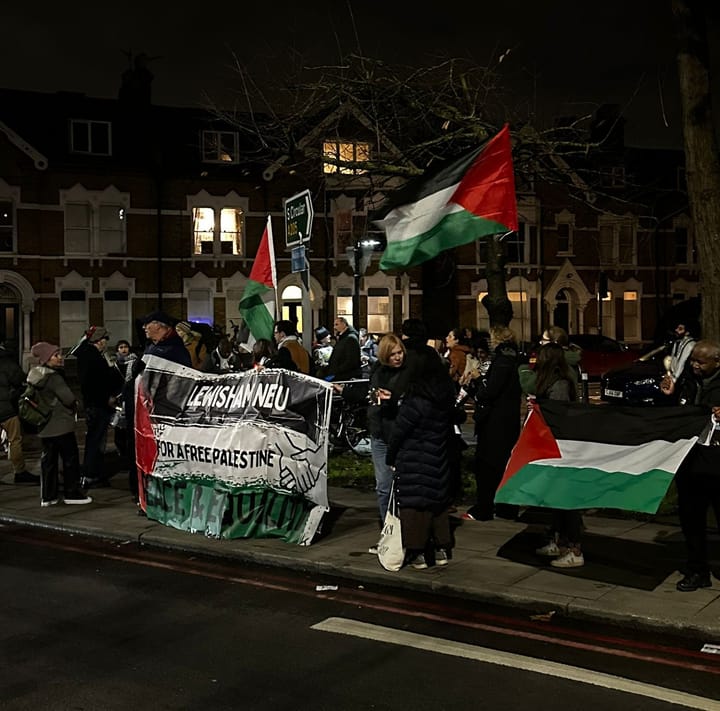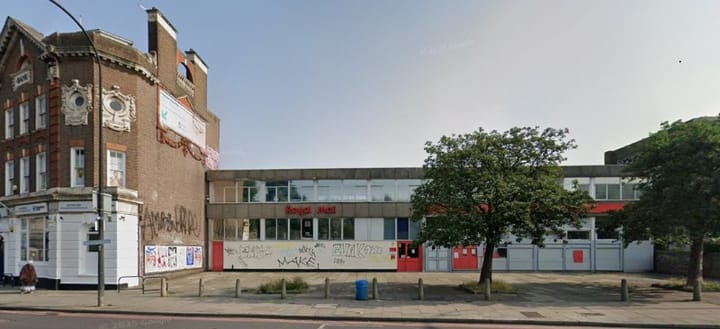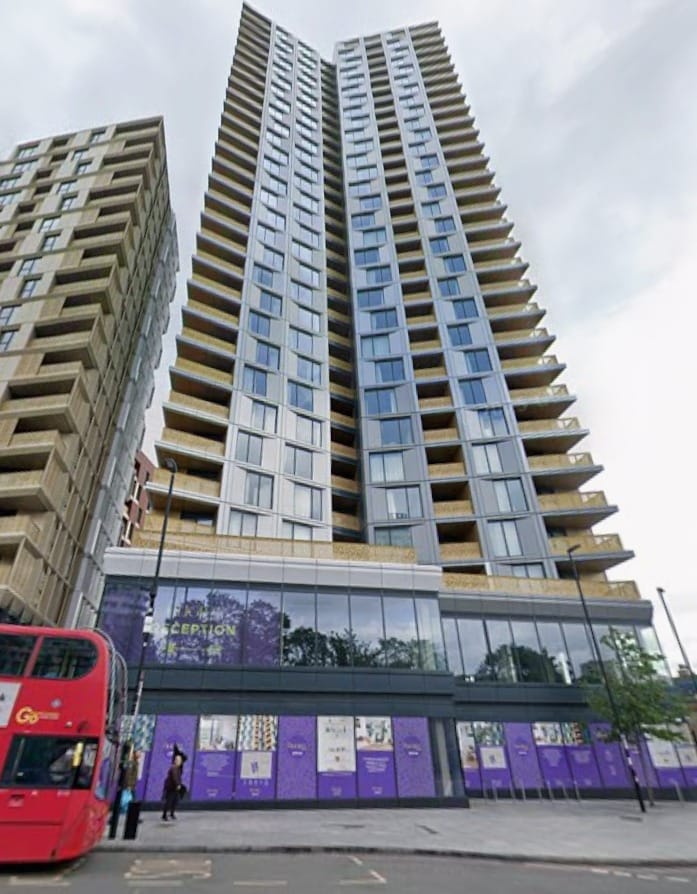Blackheath station car park: the perfect site for car-free homes?
Developer Acorn wants to build 45 homes on the brownfield site, but celebrities are leading a fierce opposition campaign, arguing it will harm Blackheath's "traditional low-rise, village character".
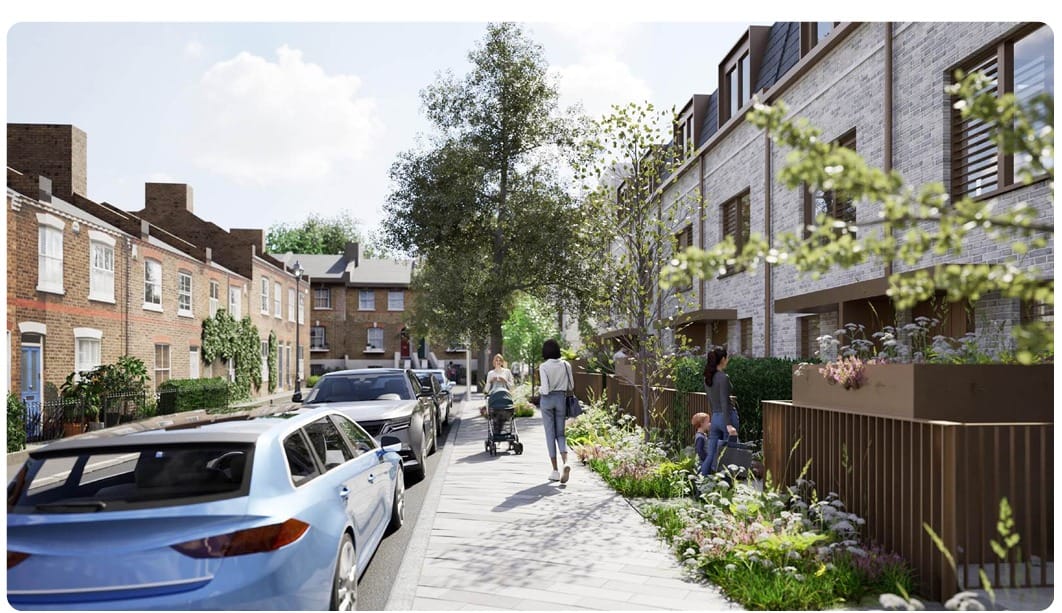
When comments on the planning application to redevelop a station car park into housing closed on 3 September, 638 objections had been received, driven by a celebrity-led campaign. Although the plans in question propose only 45 new homes, it illustrates the challenges Lewisham council faces in meeting its housing goals.
Government ministers have set a target of 1.5m new homes to be built by the end of this parliament in 2029, including 88,000 across London every year for the next decade.
The Lewisham Local Plan aims for 2,047 homes built a year, in part to compensate for historic underperformance against goals.
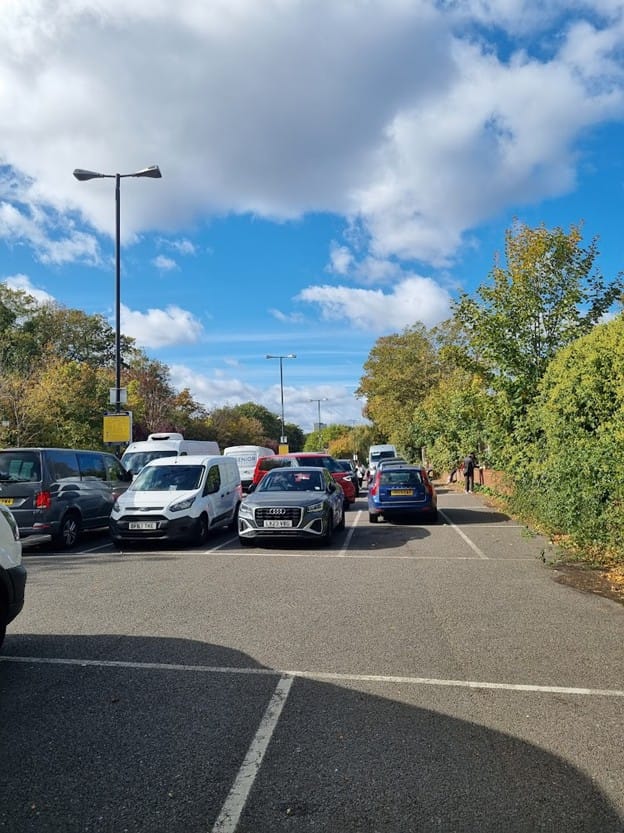
Supply of homes and affordability
As the local plan, adopted in July 2025, notes: “When workplace earnings are factored to account for relative affordability of housing, Lewisham ranks as one of the least affordable boroughs in London.”
According to thinktank Generation Rent, “Almost all areas that didn’t build enough to keep up with population growth saw rents getting less affordable – the more building local areas did, the more affordable rents became.”
The Office for National Statistics (ONS) reported in July that across London, tenants are spending an average of 41.6% of their income on rent.
The ONS considers rent affordable if it is less than 30% of income. It reports that the average monthly private rent in Lewisham is £1,796 - over 38% of the median income for Lewisham households that rent privately.
Car-free development
The land is considered a brownfield site, as it currently functions as a surface car park. Brownfield development changes the use of land that is already built-upon or with "fixed surface infrastructure", such as a car park.
The government's National Planning Policy Framework (NPPF) and The Homes England Strategic Plan aim to "prioritise brownfield development to better utilise existing land in built-up areas and to preserve undeveloped land.”
Acorn Group's planning application states that the car park has 163 parking spaces. Only 55 are used when demand is highest, at 12.30pm on weekdays.
The development proposal is car-free except for two accessible parking spaces assigned to residents, and 17 car parking spaces for public use, of which two are accessible.
A 2022 report by Oxfordshire Council looked at multiple research studies linking car use to parking availability, and came to the conclusion , “the literature has repeatedly advocated that restrictive parking policies can be a useful tool to influence travel behaviours, importantly noting that this is implemented in the context of a comprehensive approach, which includes the spatial strategy of development, improvements to public transport and active mode connectivity, amongst other factors that can be influenced by planning policy.”
The London Plan aims for a "90% modal shift" in inner London by 2041, with a policy that car-free development should be the starting point for all development proposals in places with good transport connections.
Support independent, local journalism - join the co-op
The site is next to Blackheath Railway Station, served by many bus routes. Trains run to London Victoria, Cannon Street, and Charing Cross, with direct connections to nearby Greenwich and Lewisham.
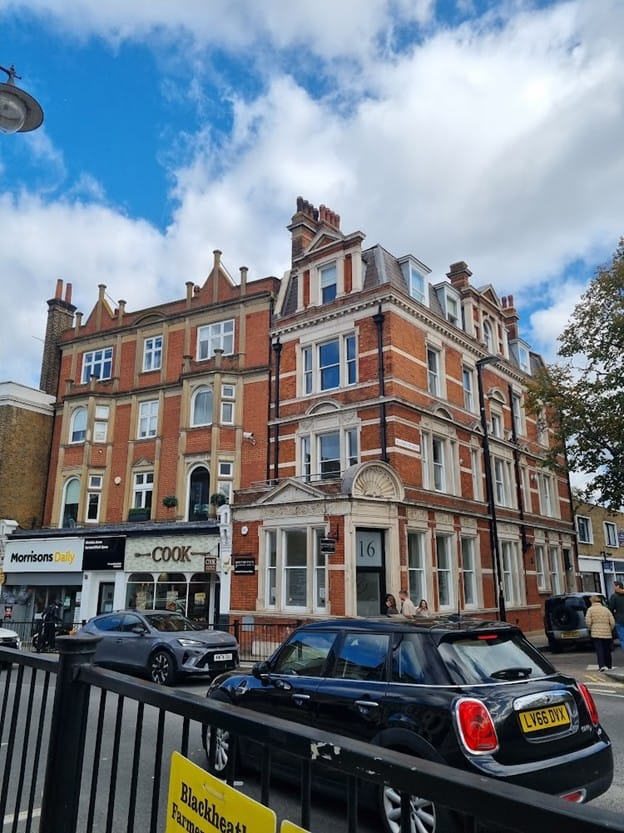
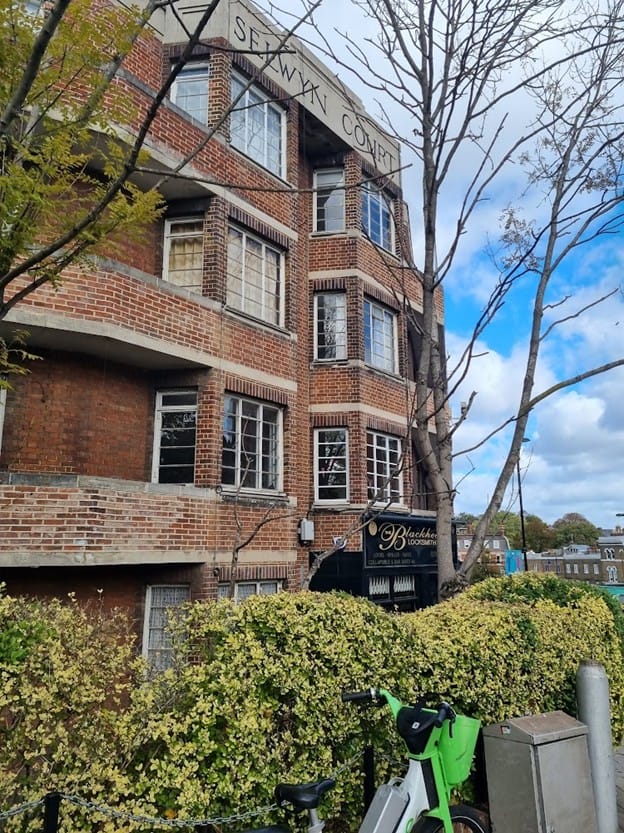
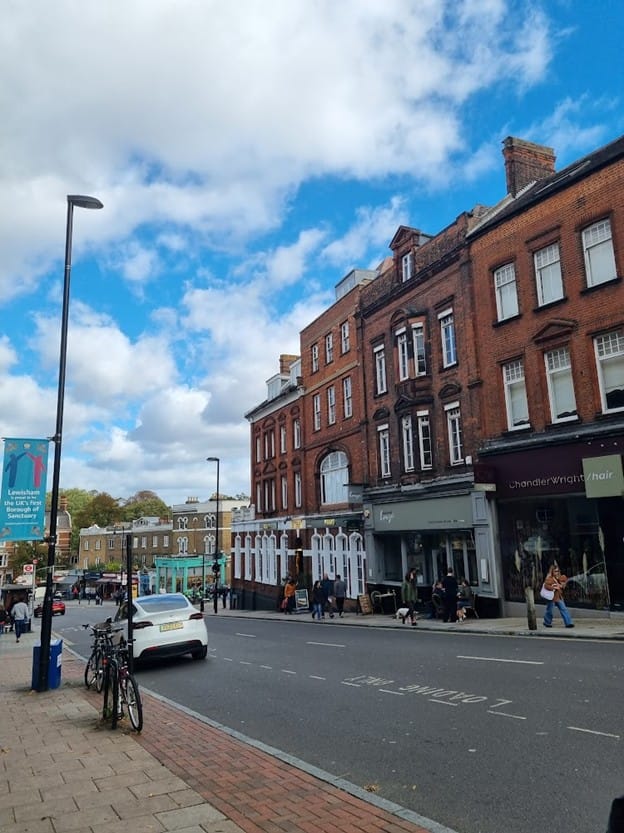
Existing 4-story buildings in Blackheath. Image: Tomilyn Rupert
Local amenities
One of the charms of Blackheath is its community farmer’s market, which takes place in the carpark on Sundays from 10am - 2pm.
Mark Handley, Director at London Farmers Market said in a statement that the proposals offer the market a “much improved and viable new home” with additional facilities in a purpose-built market location.
The site also has access to the green space of Blackheath. The London mayor has said that he wants all Londoners to be no more than a 10-minute walk away from green space. The proposed site would be a four minute walk.
Urban green spaces have been shown to have psychological benefits for nearby residents.
The site is next to John Ball Primary school, rated Outstanding by Ofsted. With primary school pupil numbers dropping, new homes could help sustain this school.
Celebrity-led opposition campaign
In a currently unaffordable area, on a brownfield and under utilised site, located next to schools, transport and green space, the housing development appears to tick many of the ideal scenarios for adding density.
However, it has received strong pushback, with over 600 objections filed and a website launched. The celebrity-led campaign, Reject Blackheath Station, has received media coverage in the Daily Mail, Time Out, Sunday Telegraph, and more.
Celebrities opposing the development include actors Jude Law and Dominic Cooper and musicians Mark Knopfler, Jools Holland and Chris Difford.
The campaign website features some misleading images, including a cropped photo showing 11 stories of a tower block, alongside the caption "overdevelopment and excessive density".
The proposal consists of 3-story terraced houses, one 4-storey block and one 5-storey block.
The opposition campaign describes the plans as out of place in a “low-rise village setting”, ignoring the existing 5-storey blocks on Lawn Terrace, a block away, and other four and five story blocks in the village area.
Terry Waite, a patron of Habitat for Humanity Great Britain, an organisation that works for affordable housing, and who also served as president of a charity for formerly homeless people, states on the Reject website: “The proposed development would severely impact the Farmers Market and place further strain on our overcrowded roadways. Furthermore it is totally out of sympathy with local buildings. I stand strongly opposed to this proposed project.”
Barry Sheerman, retired Labour MP for Huddersfield and self-described clean air activist, wrote: “The plans we have been shown show a development which is ugly out of character & will blight the lives of people who bought homes locally in good faith.”
According to the Reject Blackheath campaign, 80 local businesses have signed an open letter against the development, primarily arguing that the greatly reduced amount of parking will hurt business.
In 2024, charity Living Streets released a study showing “pedestrians spend more money than people arriving by car, and pedestrianised town centres have higher sales."
Sign-up for our free weekly newsletter - Salamander News in your inbox
The bigger picture
Although this site would provide only a small proportion of the homes needed for Lewisham council to meet its targets, it shows how even in a location that appears to meet all requirements for housing, feedback processes can be weaponised against needed new housing.
Indeed, on the Reject website, LBC presenter Nick Ferrari evokes a similar metaphor in his opposition to the plans, saying: "Blackheath has been the cradle of revolution since 1381, and it appears we need to take up arms again".
(It's unclear whether the rebels of the English Rising of 1381 would have rallied behind the Reject campaign or supported more housing.)
The fate of this particular site hangs in the balance. The final decision on the application will rest with the council's Strategic Planning Committee.
Its next meeting is 18 November, notices will be issued the week before and confirm whether the development is on the agenda.

